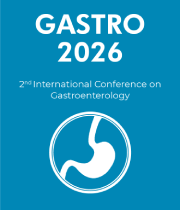Laparoscope
A laparoscope is a type of medical device used to examine the internal organs of the body. It is a thin, fiber-optic instrument that is inserted through small incisions in the abdominal wall to allow the doctor to view the organs on a monitor. The laparoscope is often used in diagnosis and treatment of abdominal diseases, such as appendicitis, gallstones, and ovarian cysts. The laparoscope is made up of a small lens, a light source, and a camera. The lens is inserted through a small incision in the abdomen and the light source is used to illuminate the organs. The camera is then used to project the image onto a monitor. The doctor can then view the organs and make a diagnosis. The laparoscope is a minimally invasive procedure, which means that it causes minimal trauma to the patient and offers quick recovery time. During the procedure, the patient is placed under general anesthetic. The doctor makes a small incision in the abdomen, which is usually about one to two inches long. The laparoscope is then inserted through the incision and advanced to the desired area. The doctor can then view the organs and make a diagnosis. The laparoscope is a valuable tool in diagnosing and treating many abdominal conditions. It is less invasive than traditional open surgery and offers a faster recovery time. It is also useful in treating conditions such as ovarian cysts, appendicitis, and gallstones. The laparoscope is an invaluable tool in helping doctors to make better diagnoses and treat abdominal conditions more effectively.



